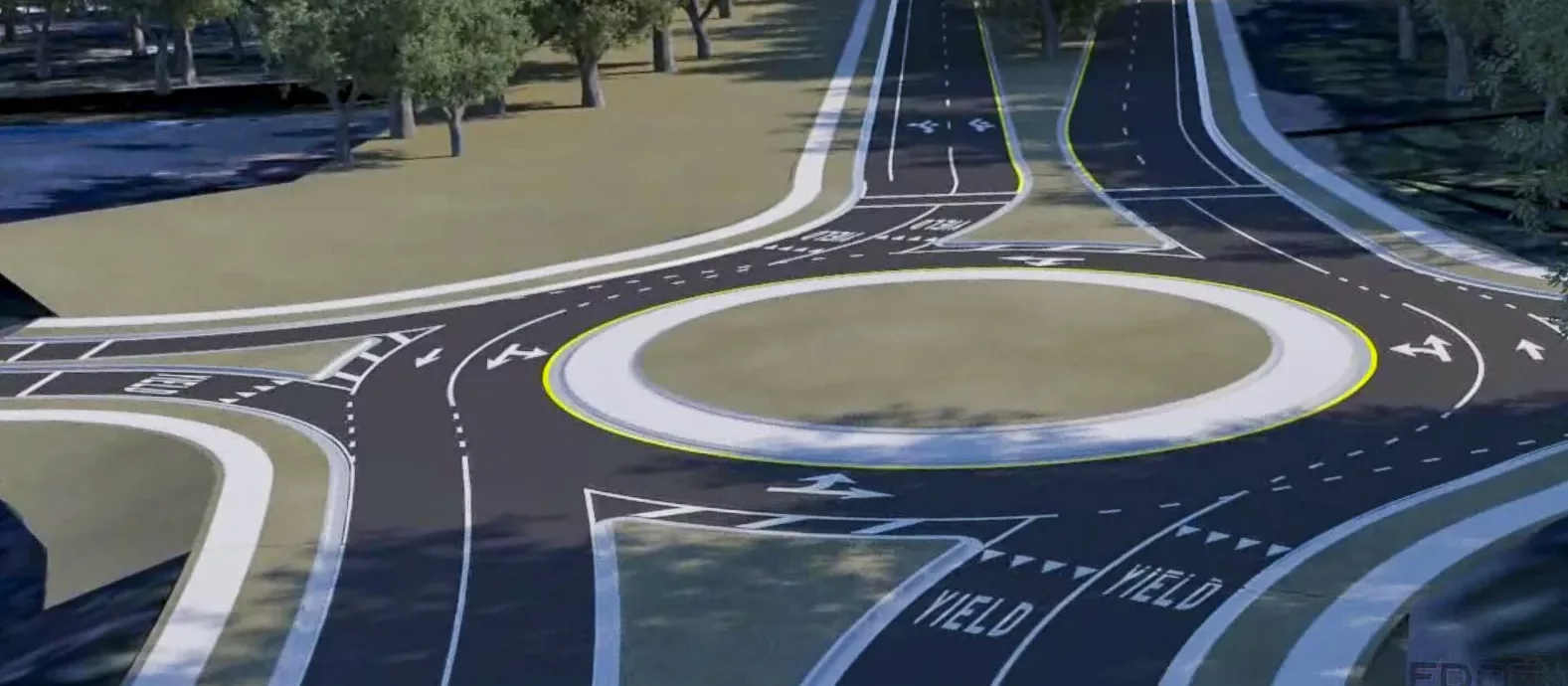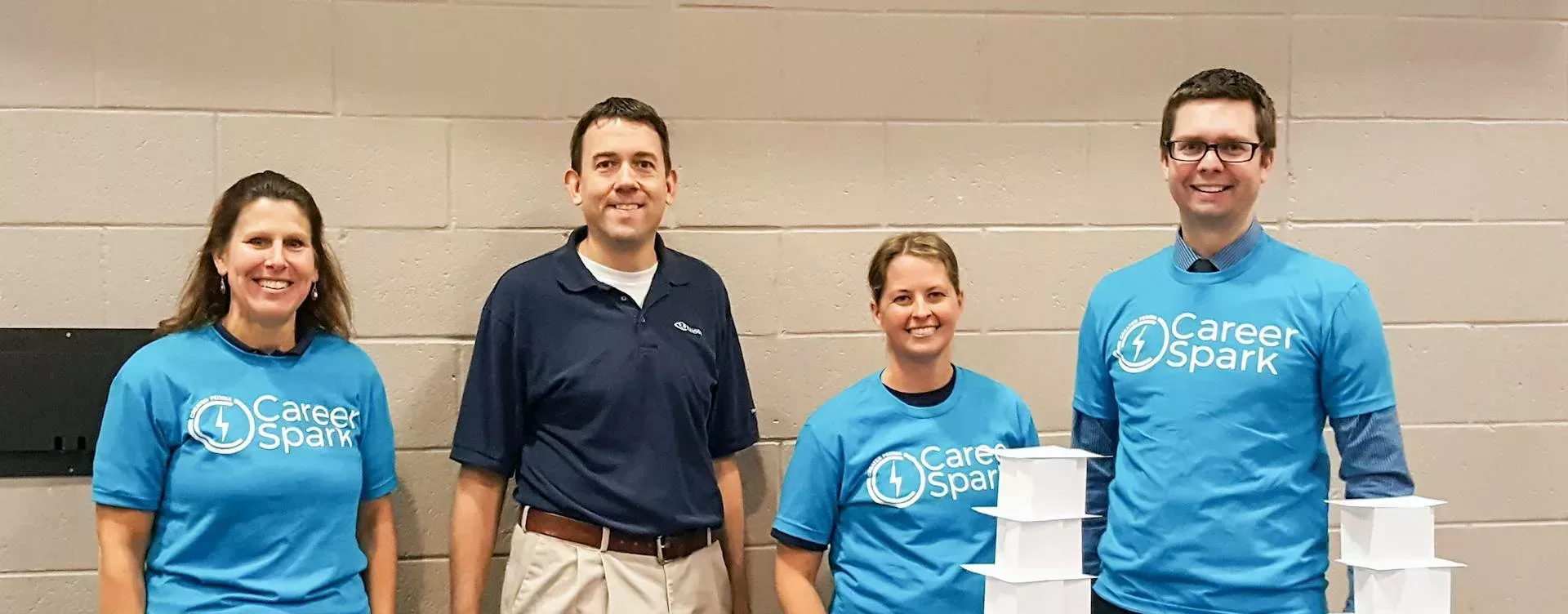
In my January 2022 article, I highlighted how to improve internal operations through a case study on streamlining construction paperwork. There’s another way to improve internal operations: consolidating documents.
As we prepare plans for improved and expanded rail service, our design process generally follows these steps:
- design and prepare plan sheets in accordance with client-provided and industry standards
- document key design decisions
- perform a quality control (QC) review
- prepare a design report that captures the key design criteria, key decisions and approved variances (if any) as appropriate, based on client and project complexity
To facilitate the above, we rely on:
- a folder of client standards (typically dozens of PDFs from a variety of client sources)
- meeting notes of key design decisions
- an internal design QC checklist
- a Word document design report template
This process and the use of documents and templates are very reasonable, but with the volume of projects we were trying to progress, we realized there was a potential benefit to having fewer documents that we need to reference, update and maintain. What if we could bring all of them together in one place?
Enter the consolidated design criteria, decisions and QC document. The intent was to create one document that captured almost everything related to our design process. It would help our newest staff members get up to speed, help designers working with clients they hadn’t worked with in the past and streamline things for our more experienced team members.
Although creating a document like this takes time, we decided it was worth the investment. The result was an Excel spreadsheet that contains key client design criteria, the source of the criteria (document name and revision date), QC checklist items and space for notes about these items (design decisions, variances, etc.)
Although the time investment to do something like this likely doesn’t pay off for one project (or even two or three, in our case), we are starting to see the benefits over time. In addition to the expected benefits I mentioned above, we realized it gives us an easy way to confirm that we have the most recent client design standards and serves as a great resource for getting our new client contacts up to speed when there are client staff changes.
If you have ideas for document consolidation in your role, weigh the time investment against the benefits (tangible and intangible) and decide accordingly. I can’t say all document consolidation efforts will be worth it, but I am happy to report this effort was!
Lauren Schroedter is an assistant vice president and Hanson’s railway discipline manager. She can be reached at lschroedter@hanson-inc.com.





